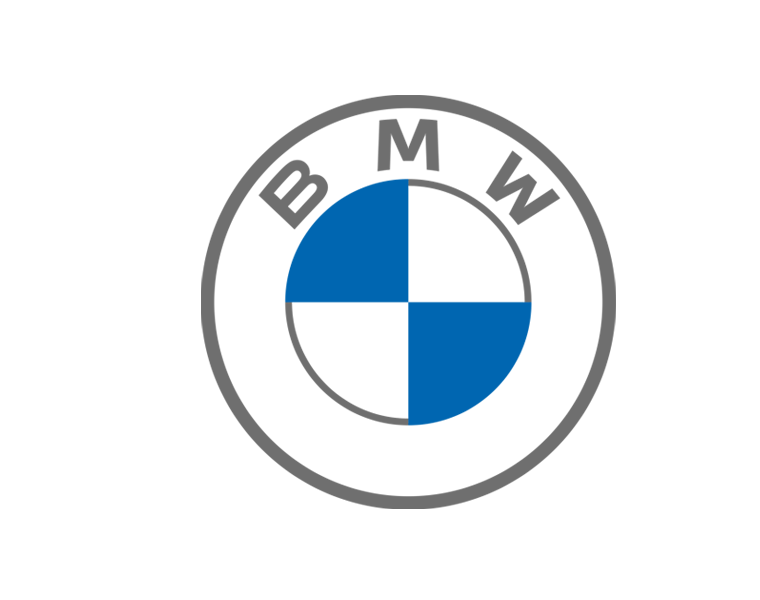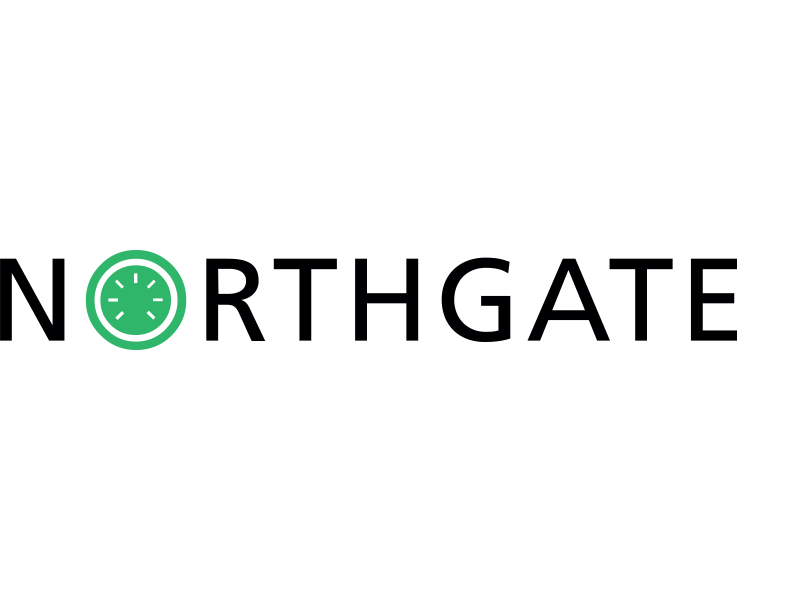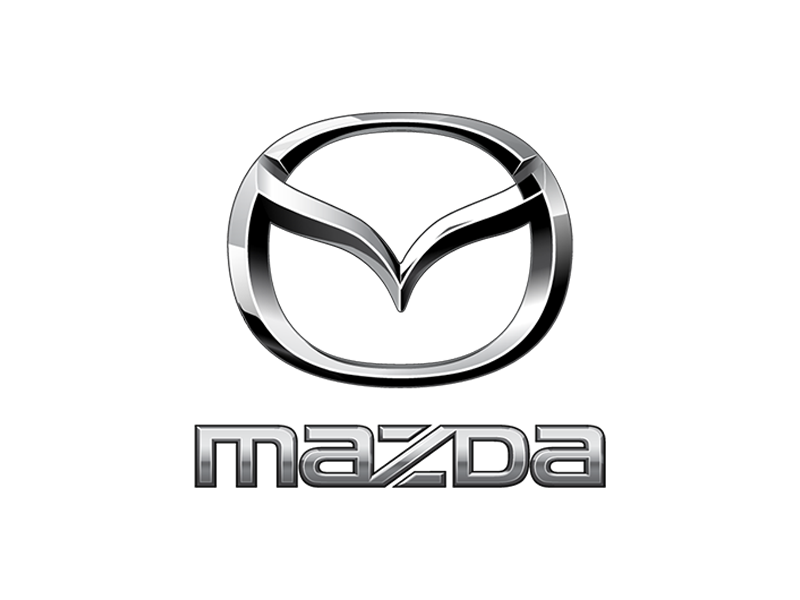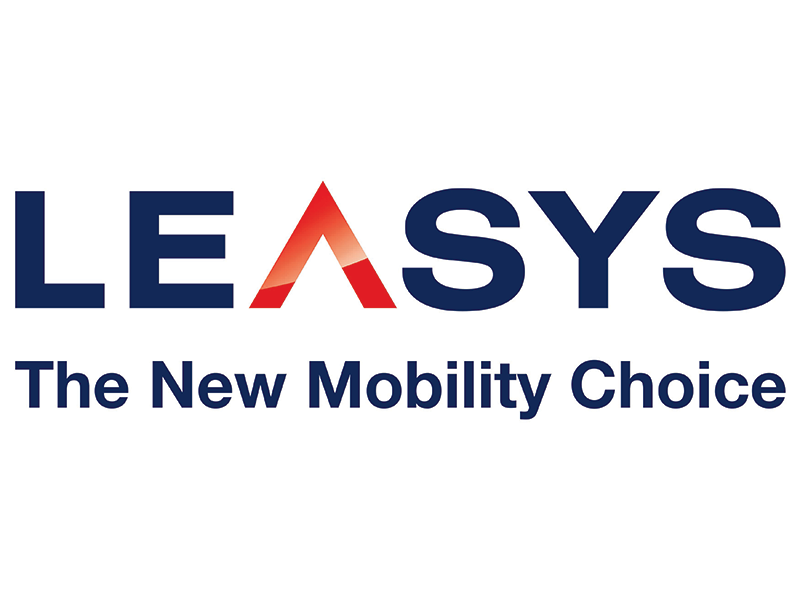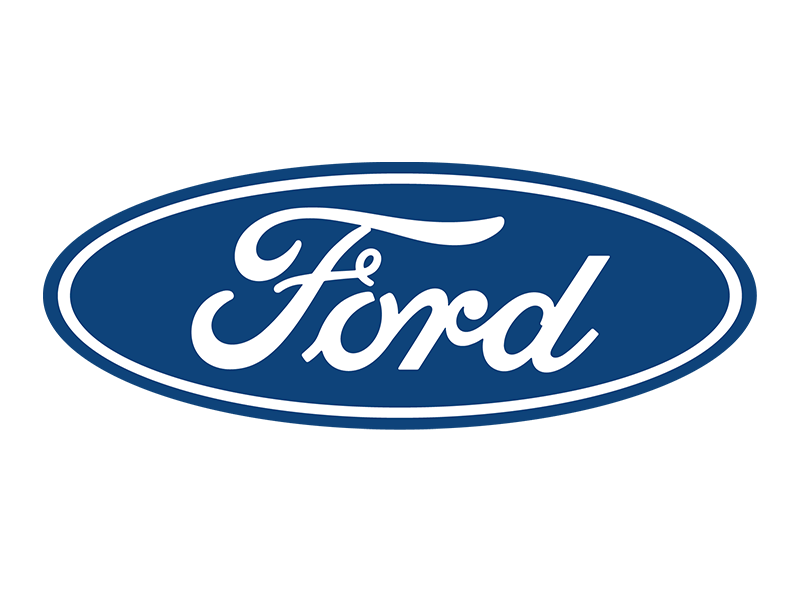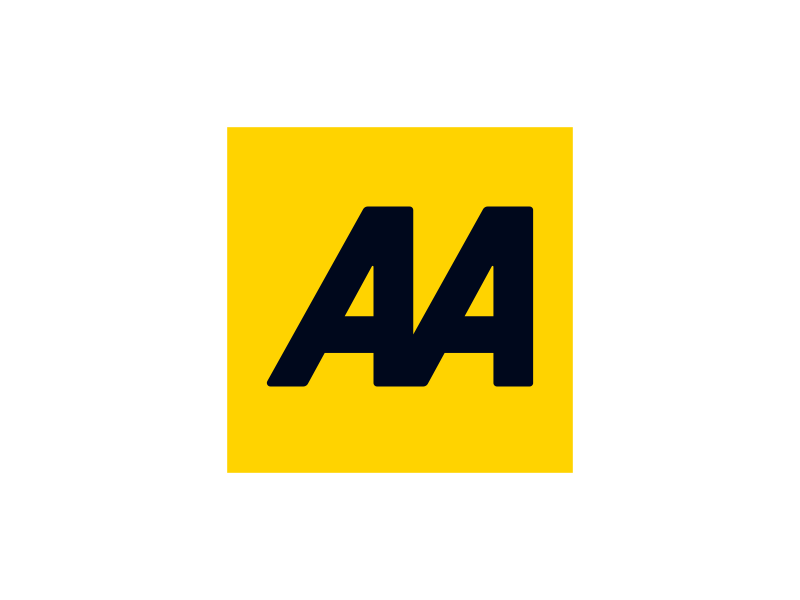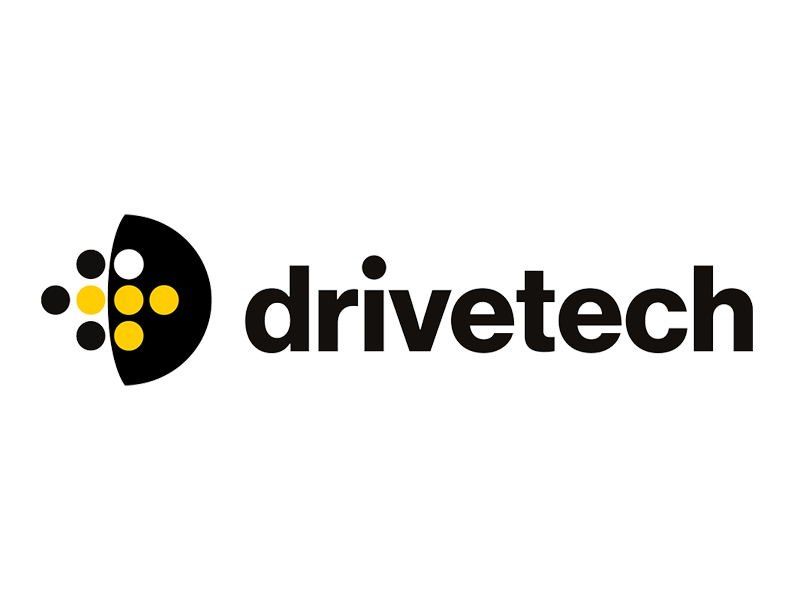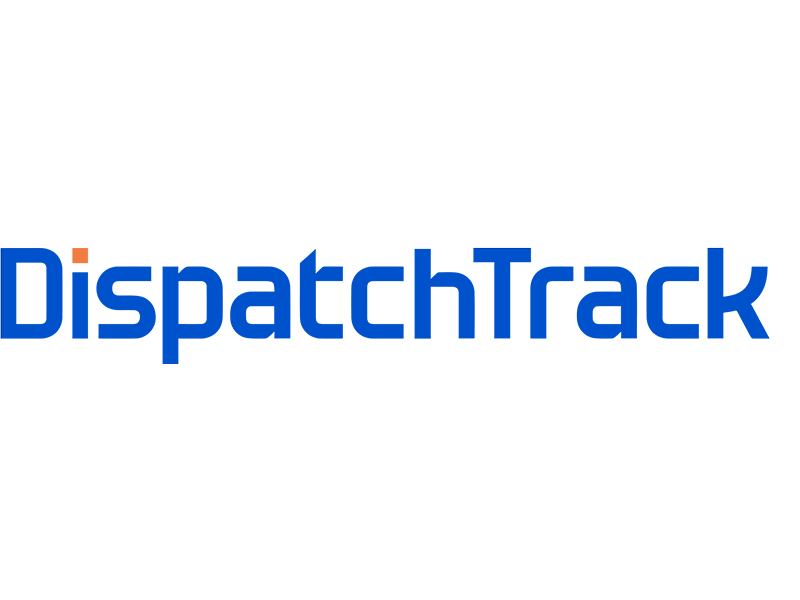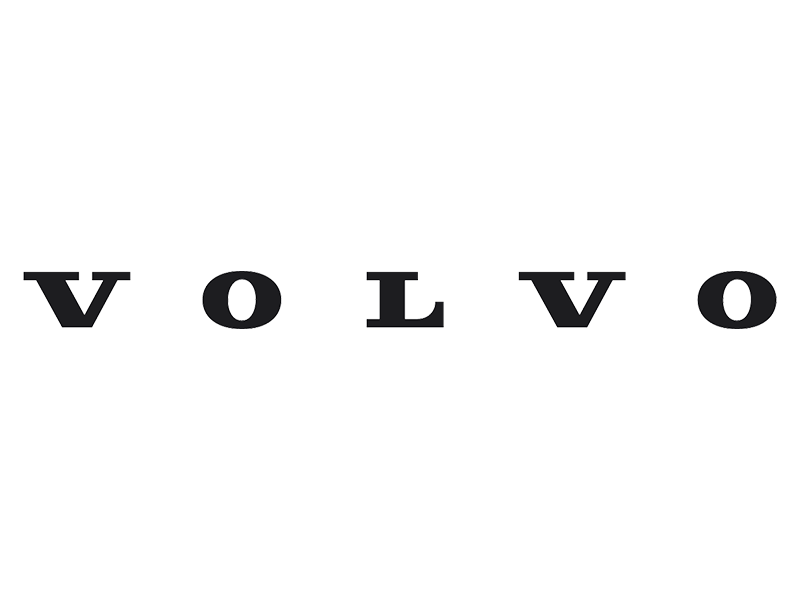Drivers are being urged not to use QR codes to pay for parking or EV charging following a spate of scams.
The RAC has warned of a big spike in false QR codes being displayed on parking machines, which criminals then use to steal payment information.
The fast-growing scam, dubbed as ‘quishing’, has already seen motorists defrauded in areas such as Barking and Dagenham, Northumberland, Northamptonshire, South Tyneside and Pembrokeshire, while the RAC has also heard of a car park in Lytham St Annes being targeted. Electric vehicle charge points and private car parks are also at risk.
The false codes lead people to enter their card details into fraudulent websites set up to gain payment information, which criminals then use to spend money from drivers’ bank accounts.
Not only do victims have money stolen, but also face the risk of getting a hefty parking fine from the council.
The RAC says drivers should avoid using QR codes altogether and either pay with cash or via an official app, including at EV charge points. Drivers can also call the parking/charging provider’s phone number and follow the instructions, but need to be careful this is a genuine number.
RAC head of policy Simon Williams said: “A car park is one of the last places where you’d expect to be caught out by online fraud. Unfortunately, the increasing popularity and ease of using QR codes appears to have made drivers more vulnerable to malicious scammers. For some, this sadly means a Quick Response code could in fact be a ‘quick route’ to losing money.”
The new wave of criminal activity also underscores the need for a UK-wide National Parking Platform that will allow everyone to use one app of their choice to pay for parking, according to the RAC.
Williams elaborated: “As people are faced with a plethora of different payment apps depending on where they are in the country, it’s no wonder many resort to the convenience of using the QR codes they see on payment machines.”
The RAC has advised drivers to only pay via a QR code if they have no other payment option and to follow these steps:
- Check to see if it has been stuck onto the parking payment machine. Tell-tale signs are the code looking too big or if it partially obscures official information underneath
- Make sure the payment website’s URL is secure and is the official site for the company you want to pay. Look out for a padlock symbol and an address that begins with https://
- If you’re concerned you’ve used a false code, check your bank statement and banking app for any suspicious transactions.
- If someone calls you claiming to work for your bank, ask for a reference number, then phone your bank’s actual number from a letter they have sent or from their official website. Never ring the number the caller gives you over the phone or via email
Simon Williams added: “Our research with drivers shows that many still prefer to pay with cash. Unfortunately, this option – along with payment machines – are being phased out by lots of councils, which a majority of drivers think is a bad idea. We believe there should always be at least two different means of paying for parking in the event technology fails or the car park is located somewhere with intermittent phone signal.”

